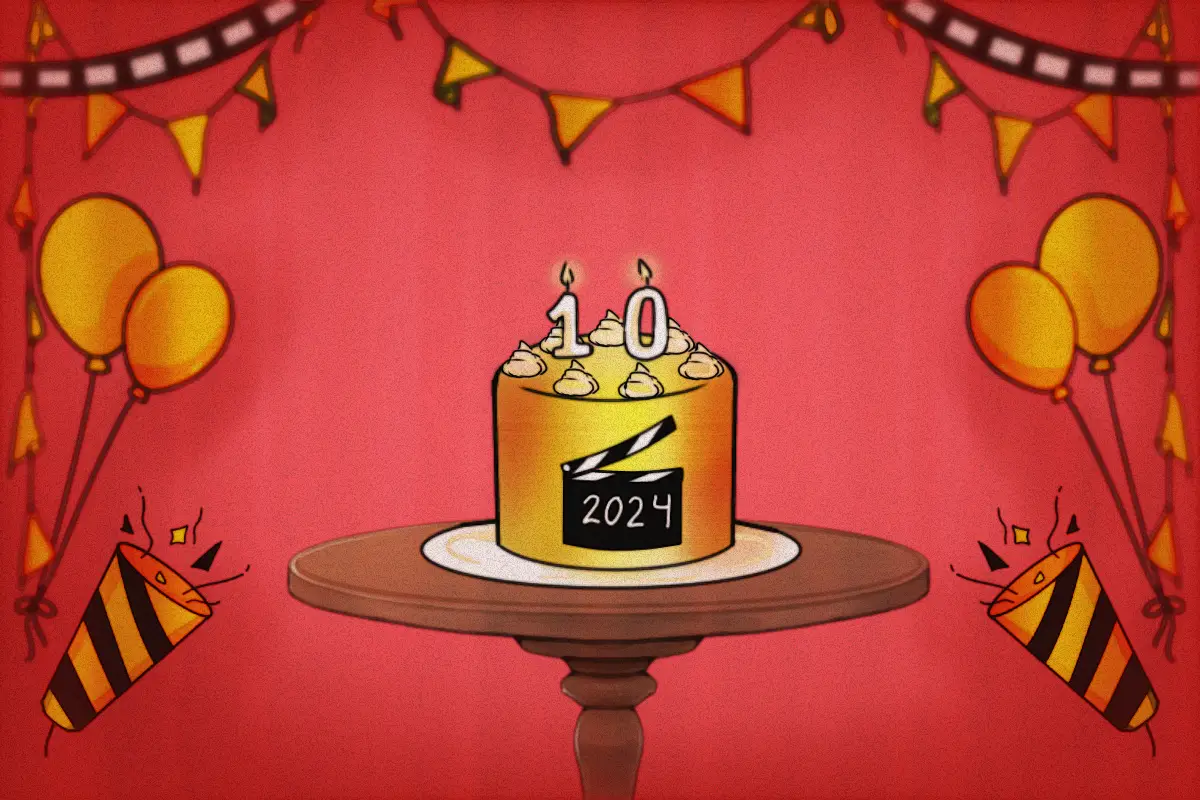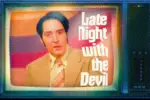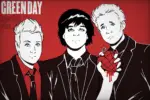It’s hard to believe that it’s been 10 years since certain cinematic treasures graced the silver screen. As we travel into 2024, let us reminisce on the movies that will celebrate their tenth anniversary, revisiting not only the ones that captured our hearts butmovies that also those that had a profound impact on the film industry. These decade-old cinematic gems continue to resonate as testaments to the enduring power of storytelling on screen. In 2014, we were given a cinematic gold mine and the influence of these films only grows as they get ready to celebrate a decade since their releases
Christopher Nolan’s “Interstellar” took audiences on a mind-bending journey through space and time. A decade later, the film’s impact is still felt throughout several discussions about the intersection of science and emotion in storytelling. Its groundbreaking visual effects and intricate narrative have influenced subsequent space epics, leaving an enduring mark on the sci-fi genre.
The ensemble cast, led by Matthew McConaughey, Anne Hathaway, Jessica Chastain, and Michael Caine, delivered compelling performances that brought emotional depth to the ambitious and intricate storyline. McConaughey’s photograph of Cooper, a pilot on a mission to save humanity, which served as the emotional cornerstone of the movie. Additionally, the film’s score, composed by Hans Zimmer, became iconic in its own right. Zimmer’s transcendent music amplified the emotional intensity of the narrative, contributing to the film’s immersive experience.
“Birdman”
Alejandro G. Iñárritu’s “Birdman” soared into cinemas with its one-shot style and exploration of the blurred lines between reality and performance. The film’s impact on visual storytelling is palpable even now as “Birdman” protagonist, Michael Keaton, earned numerous accolades and an Academy Award nomination for his performance as Riggan Thomson, a faded actor seeking a comeback. Of course, this also earned the film its critical acclaim that has since inspired filmmakers to experiment with narrative techniques, challenging traditional norms and pushing the boundaries of cinematic storytelling.
The cast, led by Michael Keaton in a tour de force performance, played a pivotal role in the film’s success. Keaton’s portrayal of an actor grappling with his own legacy brought depth and authenticity to the narrative. The ensemble, included stellar performances from Edward Norton, Emma Stone, and Zach Galifianakis, added layers of complexity to the characters, enhancing the overall impact of the storytelling experiment.
“The Hunger Games: Mockingjay – Part 1”
The penultimate installment in “The Hunger Games” series, “Mockingjay – Part 1,” made waves by deviating from traditional franchise storytelling. Instead of focusing solely on action and spectacle, the film delved into the political and emotional ramifications of rebellion. This narrative shift from the other “Hunger Games” films highlighted the potential for blockbuster franchises to tackle complex social and political themes, setting a precedent for future films in the genre. “Mockingjay – Part 1” showcased the power of using a blockbuster platform to engage audiences in thought-provoking conversations.
The dystopian genre, with its exploration of oppressive regimes and societal discord, contributes to the film’s performance by tapping into universal themes of resistance, resilience, and the human cost of rebellion. The film’s success lies not only in its dystopian world-building but also in its ability to use the genre to reflect on contemporary sociopolitical issues.
Marvel’s “Guardians of the Galaxy” took the cinematic universe to new heights by introducing this group of intergalactic misfits. This movie was an unexpected hit since it deviated from the traditional superhero formula. It not only redefined the superhero genre with its humor and heart but also showcased the potential of lesser-known comic book characters like Rocket, a talking raccoon and Groot, a sentient tree. “Guardians of the Galaxy” set the stage for Marvel to experiment with diverse storytelling and characters, contributing to the expansive success of the MCU during that time.
“Boyhood”
Richard Linklater’s “Boyhood” was an unprecedented and unique cinematic experiment, filmed over the span of 12 years to capture the authentic timeline of its characters. This coming-of-age masterpiece resonated emotionally due to its ability to capture the universal experiences of growing up, from the awkwardness of adolescence to the challenges of young adulthood. It also demonstrated the power of patient and meticulous filmmaking since the director’s approach involved revisiting the same cast over the years, allowing the narrative to organically unfold with the passage of time. “Boyhood” left an enduring impact on how we perceive the passage of time in cinema, inspiring a new appreciation for long-term storytelling.
“The Grand Budapest Hotel”
Wes Anderson’s “The Grand Budapest Hotel” enchanted audiences with its whimsical storytelling and meticulous production design. The film’s visual style and narrative quirkiness became iconic, influencing a wave of filmmakers who sought to infuse their projects with distinctive aesthetics and offbeat charm. Anderson’s unique approach to storytelling left an indelible mark on the industry, showcasing the importance of directorial vision.
The film is a masterclass in Anderson’s meticulous craftsmanship, where every frame feels like a carefully composed painting. The symmetrical framing, vibrant color palette, and meticulous attention to detail create a whimsical and enchanting world that is unmistakably Andersonian. The narrative, presented as a series of nested stories within stories, adds layers of complexity and charm to the plot.
“Gone Girl”
David Fincher’s “Gone Girl” not only captivated audiences with its gripping storyline but also showcased the power of unreliable narrators in filmmaking. The film’s twist-laden plot challenged traditional storytelling conventions, leaving audiences questioning their perceptions of characters and events. As the plot unfolds, “Gone Girl” takes the audience on a rollercoaster ride of twists and turns, challenging traditional storytelling conventions
This movie skillfully employed unreliable narration, forcing viewers to question the truth and navigate through the intricacies of the characters’ psyche. The film set a new standard for psychological thrillers, showcasing the power of manipulating audience expectations and redefining the boundaries of storytelling. It prompted conversations about the ethical implications of narrative manipulation, the complexities of human relationships, and the unpredictable nature of psychological narratives in cinema.
“The Babadook”
Jennifer Kent’s “The Babadook” marked a turning point in horror cinema by using supernatural elements as metaphors for psychological trauma. This Australian horror film explores grief, depression and the struggles of single-parenthood in a way that resonated deeply with audiences.The film captures the raw and authentic experiences of single- parenthood, exploring the isolation, exhaustion, and internal battles faced by Amelia, the main character. “The Babadook” demonstrated that horror could transcend jump scares and gore, paving the way for a new wave of emotionally charged, thought-provoking horror films that delve into the human psyche.
“The Maze Runner”
Wes Ball’s adaptation of James Dashner’s novel, “The Maze Runner,” delivered a fresh perspective on the young adult dystopian genre. The film not only appealed to its target demographic but also demonstrated that YA adaptations could offer more than just coming of age plots and teenage romance. “The Maze Runner” showcased a blend of mystery, survival, and sci-fi elements, influencing subsequent YA adaptations to explore diverse themes and expand beyond conventional storytelling tropes.
“The LEGO Movie” proved that an animated film could transcend its target audience and become a cultural phenomenon. Phil Lord and Christopher Miller’s visually inventive and humorously self-aware film not only delighted children but somehow resonated with adults, appealing to the universal appreciation of animation works. Its success influenced a shift in animated filmmaking, emphasizing clever storytelling and appealing to a broad spectrum of viewers.
As we celebrate the 10th anniversary of these cinematic gems, let’s not merely indulge in nostalgia but also appreciate the enduring legacy they’ve left behind. These films are not only relics of the past but are also living testaments to the transformative power of storytelling and film. May they continue to inspire future generations of filmmakers and audiences, reminding us that the magic of cinema knows no temporal boundaries. Here’s to a decade of impactful storytelling, and to the countless moments these 2014 films have given us.

















